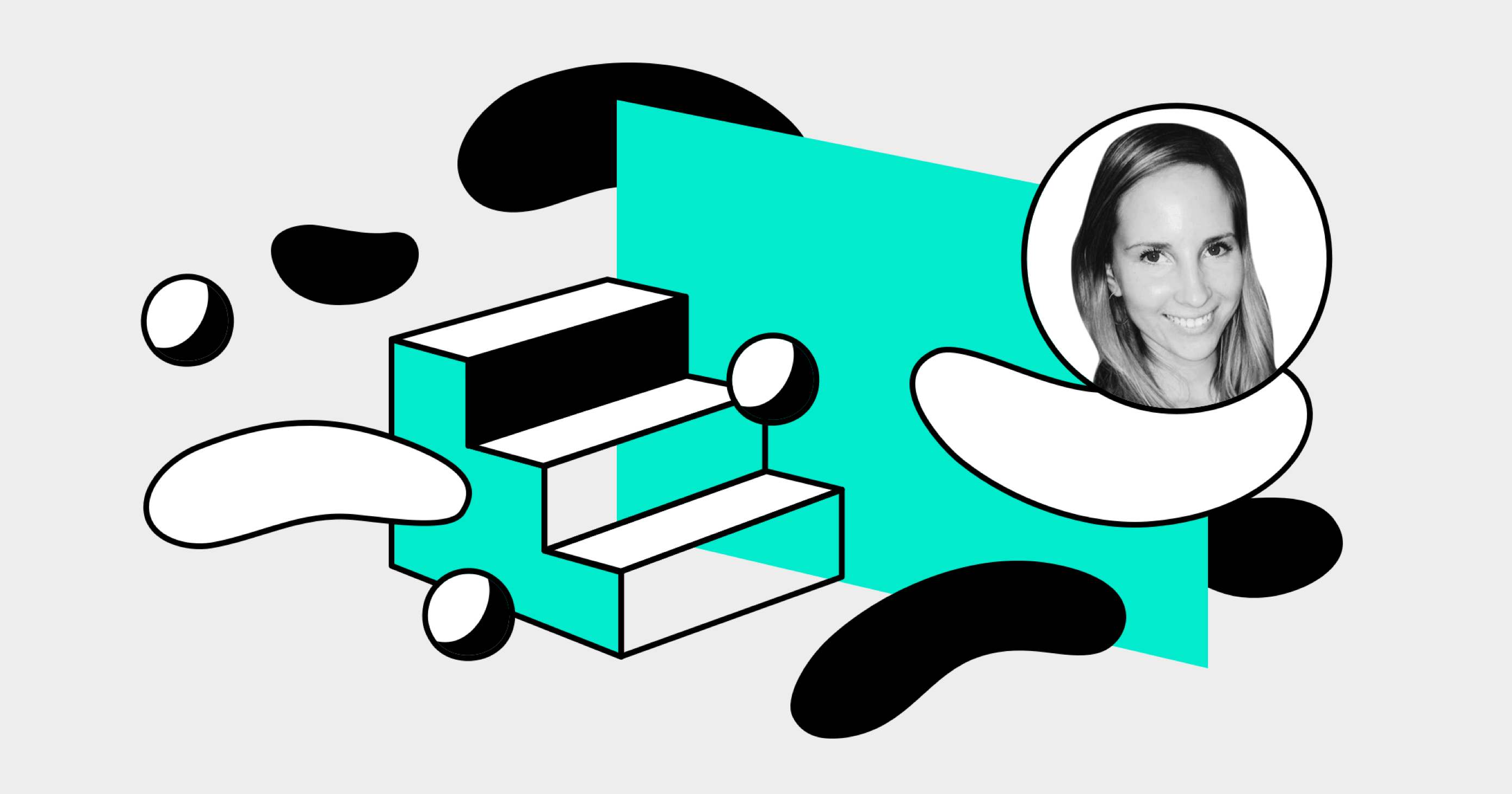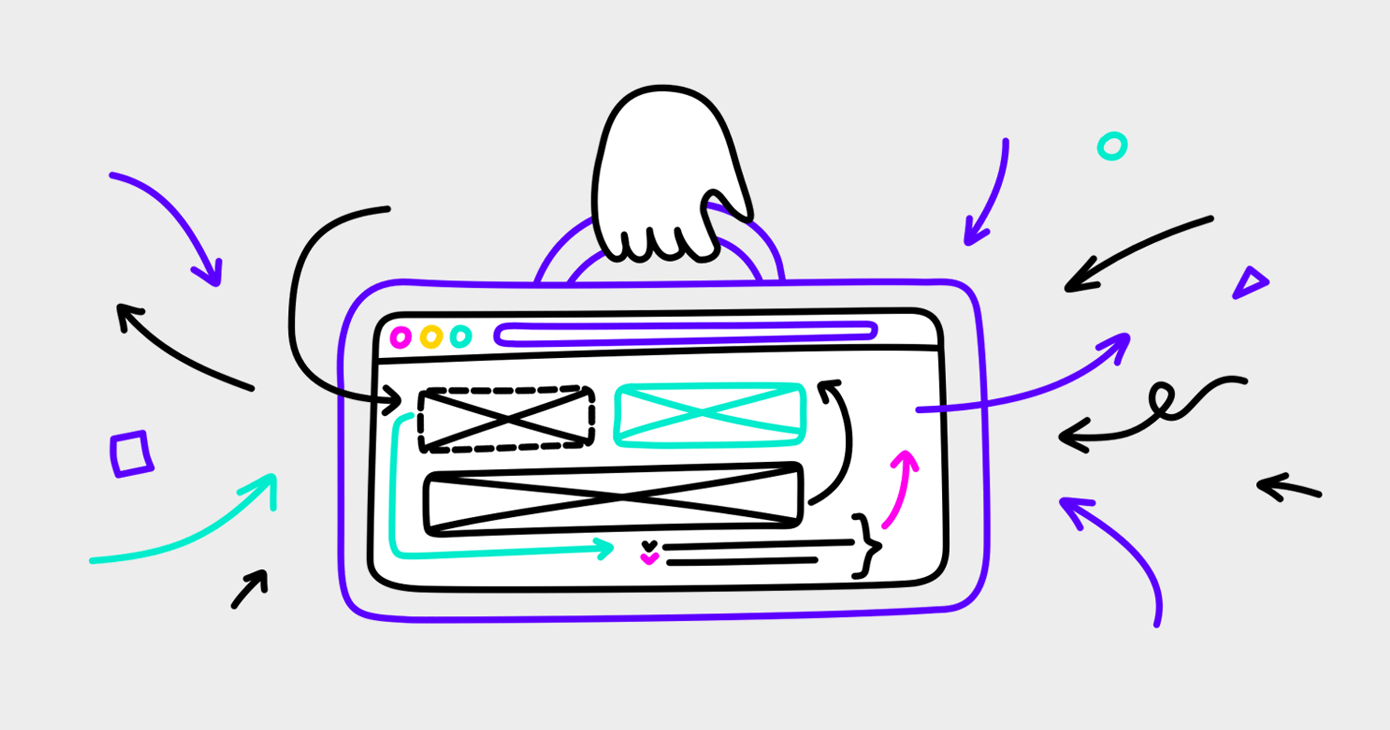We recently caught up with Brady Flynn, product management expert and founder of Primer, a marketing platform and service that has helped companies like Microsoft and hims increase their conversion rates by connecting marketing campaigns with custom landing pages. Brady shared what he’s learned from helping early-stage startups. Here are his tips for accelerating growth:
Here at Primer, we started with customer development and customer research. We went out and talked to 30 customers and figured out that essentially our idea needed a pretty large change. Originally our product was for product managers, but we realized that while they wanted our product, they weren’t willing to go through the politics to try it out. By talking to dozens of customers, we realized that marketers were a better fit. They needed improved conversion rates—and they needed it now. That was how we switched from something that was definitely not working to something that is extremely successful.
Track your progress
Always be true to your metrics and goals for yourself. If you don’t have the right tracking in place, you don’t have the goals set. You need to have this goal-oriented, metrics-based approach. We tell any customer or team that’s working on our preface, “What is the main thing you’re trying to achieve?” For one team, it might be revenue and they’re trying to grow as much revenue this month as possible, or this quarter, or this year.
Then for another team, it might be new customers. They know that they aren’t going to get the payback this month, but they want to grow their user base and paying customers as quickly as possible, and that would be their goal metric, essentially. Figure out your growth metric, and then everything else that you do is centered around your goal. You always need to have your own goal before going into anything else.
Figure out your growth metric, and then everything else that you do is centered around your goal
Brady Flynn
Stop talking about yourself
On a daily basis when you’re strategizing and deciding what to do next, one of the most useful guidelines is to stop talking about yourself. A lot of people, when they go through Slack onboarding, find it to be a magical experience. It feels natural like a human is talking with you. And, when you’re done, you feel confident that you will use Slack successfully to achieve your goals. So it’s the customer’s goals and the customer’s problems. That’s what everything should focus on first. You don’t want to make the mistake where you are just putting a ton of features on your home page, and then your entire checkout funnel or onboarding flow essentially feels like filling out a form and going through the motions.
Everything should be couched in terms of what the customer’s goals and problems are. As long as you’re taking that customer-first approach, you’ll end up creating better landing pages, onboarding flows, checkout funnels—things that convert people 2–3 times more than what your competitors are doing.
Focus on telling a story
Another way to adopt this customer-first mindset is thinking in terms of a story. Think to yourself—how would I explain this to the customer if they were sitting right next to me? What do I say to them to get them to buy?
One of our customers at Primer is Farmstead, and they do organic and locally sourced grocery delivery. They also have a great weekly subscription where you essentially have the same groceries delivered to you each week. Going through this storytelling exercise, I’d tell the story as something like, “Hey, I know that you have two kids and you’re always buying the same milk, eggs, peanut butter, and bread every single week, but you’re also both really busy working parents. You don’t have much time and you’d much rather be able to spend time at home with your family than being at a busy grocery store. So there’s this great service called Farmstead where you’re able to have that same stuff delivered to you. You don’t even have to think about it, you don’t have to remember each week to put in all of those same things that you order on a weekly basis anyway. They can just bring it to you and you don’t have to worry about it. Delivery is free with a weekly subscription. I think you should definitely try this out, I think you’re going to save yourself a bunch of time.”
People can sometimes worry that adding that much detail creates friction, but I think it’s important to consider the questions that someone needs answered before they would be willing to buy this product. In the Farmstead example, they probably need to know:



Think about all the different things that you would need to know before you buy (we are now calling these the “Buy Decision Qs” or “BDQs”). The number of steps and the amount of information isn’t as important as making sure you cover all of that important crucial information that somebody needs to buy. Everyone needs to stop worrying about the number of steps, and start thinking about what that crucial information is, and how you get people in the easiest, most frictionless way possible.
You don’t need to worry about loading times in between steps anymore because you can use web and mobile apps to transition seamlessly—there are a lot of opportunities and different creative ways that people are finding to get people the answers to those questions either through the landing page, or through their onboarding flow like Slack does.
Removing the number of steps isn’t as important as making sure that you answer all of those questions and you do it in the most natural and easy way. Your goal is to get someone to really retain that information and feel like your product is the solution that will help them achieve their goal and solve their problems.
Farmstead is a grocery delivery service founded by Pradeep Elankumaran in 2016. Primer helped the company grow by 197%.
Take a customer-first perspective
Here’s a specific example of how we did this with Farmstead.
Step 1. We defined the perfect customer and started building out landing pages for Farmstead.
The perfect customer is going to be parents that need specific things on a weekly basis—eggs, milk, bread—consistent foods that they’re going to be feeding to their children each week.
With anyone trying to grow their business, it’s so important to define who is that perfect customer. Everyone is going to have a wide variety of customers, but think about that perfect customer who buys the most of your product, who retains every single week, who spends more than anyone. Whoever that is, if they were in the room and they hadn’t tried out your service yet, what would you say to them?
Step 2. We thought about what matters to these customers and how to talk to them.
We went through an exercise where we pretended that a Bay Area mom was in the room, and we said, “What would we say to her to cause her to want to try Farmstead, where it makes her life better and it solves her problems?” We talked about how she would have such little time available throughout the day—getting to the grocery store on a weekly basis to buy the same things is just nonsense now.
We talked about how Farmstead would be able to then save that time for her, yet still get the high-quality healthy organic produce that she goes to the grocery store for. We know she wants to go to the grocery store to make sure she still gets the right healthy foods, so we built a landing page that spoke to that. We go through that exercise and we write down the questions they would ask, the things we would say, and that goes into our marketing and our landing page and our onboarding flow. It’s almost always an overnight success. Any time it isn’t, we didn’t quite pick the right person, or we didn’t write down how they wanted to be talked to the right way. But most of the time, if you pretend that person is in the room with you, and you write down that exchange of your story and their questions, you’ll see results change overnight.
Run the right kinds of tests
We like to say that thousands of tests always leads to results. If you think about running thousands of tests, the top 5% are going to be outliers. You’re going to find things that 2x and 3x your wins within those tests. You need to make sure you’re testing really big ideas.
You don’t want to have everything being a small iteration of the last thing. So as you’re testing, if you’re at a really small stage and you don’t have a lot of traffic, make sure that you’re making these really big changes and tests. This is where having that goal metric is really important. Then afterwards, you can look at these tests and say, “Am I driving towards my end goal?” If not, then let’s just pause this test and move on. That’s really important too, making sure if something is not reaching significance in the amount of time that you expected it to, it’s time to just move on and test the next thing. You’re not looking for really small improvements.
You’re looking for those really big improvements that will cause you to jump and grow. You can test onboarding with lots of steps vs. few steps, conversational onboarding vs. traditional form, video landing page vs. an article style page. Combine the tests with being customer goal and problem focused, and being focused on your main objective, and being laser focused on trying to increase your growth goal, and you’re going to find yourself suddenly hitting your growth goals. You’ll look back on the last month and say, “How did we actually create that big step change? What have we been testing or doing for the last 6 months?” Everything seems like it’s been very incremental. But once you start being customer first and making these really big tests, you’ll start seeing step changes of 30% or 50%, 2x or 3x improvements in your growth that you weren’t getting before.
If you’re at a really early stage and you don’t have a lot of traffic, make sure that you’re making really big changes and tests
Brady Flynn
Look for ways to make a big impact
One of the reasons why you must go after big ideas, especially at an early stage company, is that you don’t have enough traffic or potential customers yet to be able to test those minute things. Facebook will test something, and they’ll be able to say, “Hey, this lifted this statistic by 1%!” If you try to run a test to lift something by 1%, you’ll go out of business before that ever finishes.
So, one thing that early stage companies need to do is test really big changes. Then as soon as you realize that you’re testing something that is unlikely to be a really big change—say you have a 5% improvement and it will take you a month to get significance—you just need to move on. So, try to put a time limit on your testing. “Hey, we want to do a test every 2 weeks, and every 2 weeks we want a certain goal of conversions.” If you want over 100 conversions on a winning variation, then you need to make a big enough change to do that within 2 weeks.
At the end of 2 weeks, if you can’t tell if it will be significant, then just move on until the change is more obvious. You must know when to give up on a test. Set a time frame.
Melissa Perri (Produx Labs) on how to
run a distributed consultancy firm
Track retention
One of the most important metrics to track is retention. You’re looking at the retention among those who are paying for your service, whether that be a subscription or return buyers for an e-commerce situation. A lot of times you can measure it by how many people come back and are subscribing. Look at your return rate or retention rate. As you grow, those metrics become more important over time.
If you look back and you see that your retention goes down from 95% to 90%, that has a cascading effect over the course of a year. When you’re making changes to your funnel, it can be a balancing act. You need to also be watching retention on the back end when you’re making changes to your funnel to get your goal conversion. We usually say to have your core metric, which might be new customers as a growth metric. But then also have a couple of other company-health or business-health metrics that you’re watching.
We usually recommend having an overall growth goal, and that’s your North Star. But make sure to have another metric—your current customers metric. Watch those metrics at least monthly, so you can check them every month to see if you’ve made changes that have impacted them in a positive or negative way. It’s important to everyone that it improves month to month, or at least remains stable.
About Brady Flynn
Brady is a product management expert, co-founder, and head of product at Primer. Through his work at Primer, he’s helped companies improve conversion rates and increase revenue while reducing significantly reducing cost per acquisition (CPA). For more updates, follow Brady on LinkedIn and Twitter.




